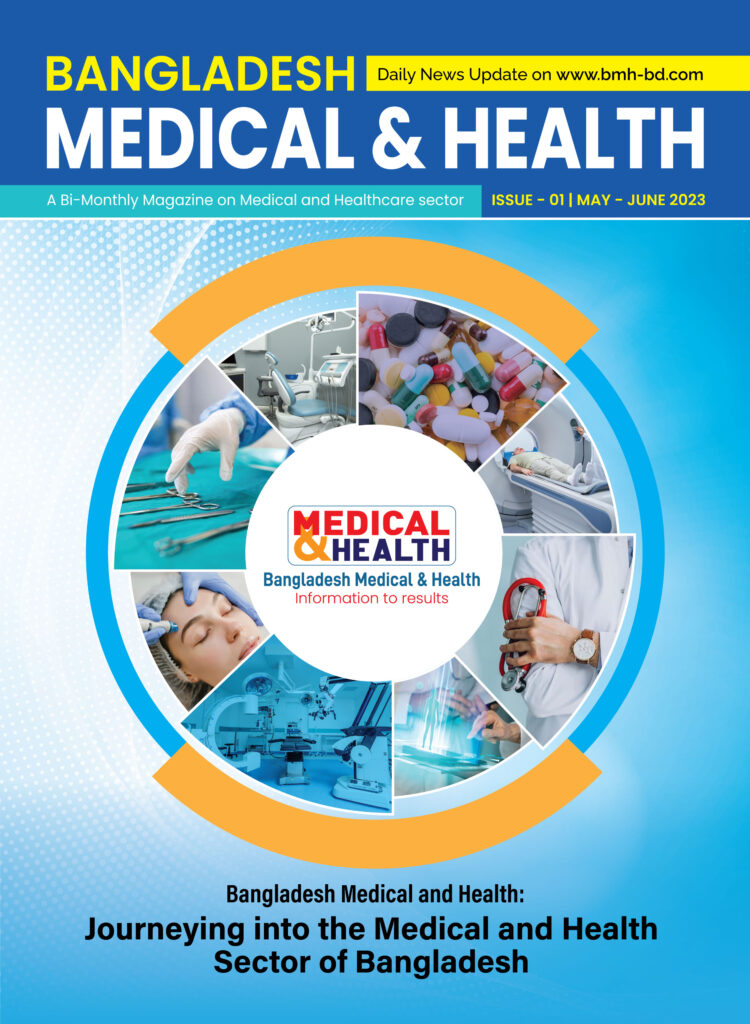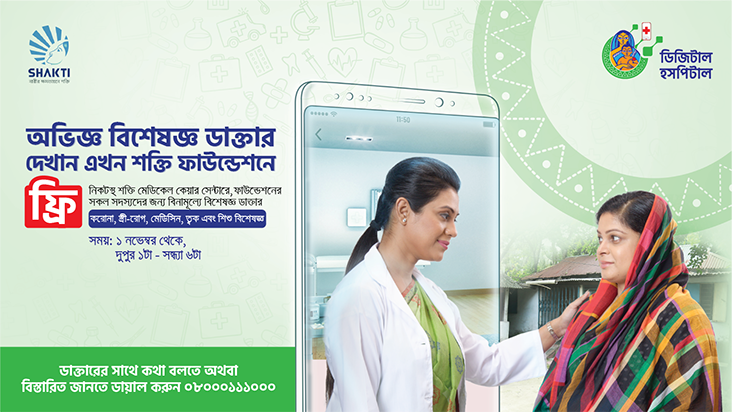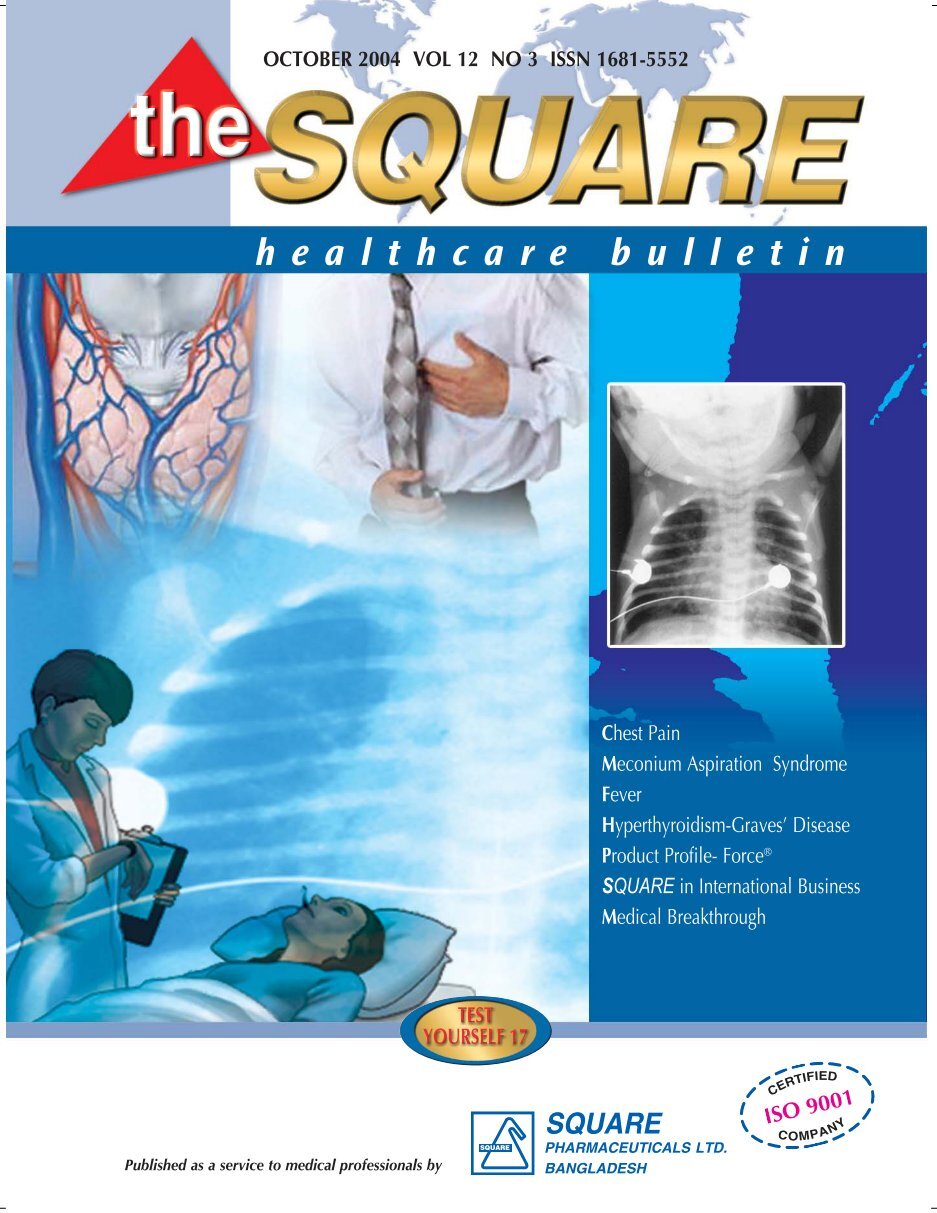The Rise of Telemedicine: Revolutionizing Healthcare Delivery

Introduction:
In recent years, telemedicine has emerged as a transformative force in healthcare delivery. Enabled by advancements in technology and connectivity, telemedicine offers new avenues for patients to access medical consultations, receive diagnoses, and obtain treatment, regardless of their geographical location. This article explores the rise of telemedicine and its impact on revolutionizing healthcare delivery, discussing its benefits, challenges, and potential for the future.
Improved Access to Care:
One of the primary advantages of telemedicine is its ability to enhance access to healthcare services, particularly for individuals residing in remote or underserved areas. With telemedicine, patients can connect with healthcare professionals via video consultations, eliminating the need for long-distance travel and reducing barriers to timely medical care. This aspect is particularly beneficial for patients with limited mobility, chronic illnesses, or limited access to transportation.

Enhanced Convenience and Efficiency:
Telemedicine offers patients the convenience of receiving medical care from the comfort of their homes. Through virtual consultations, patients can avoid the inconvenience of waiting rooms, reduce travel time, and eliminate the need to take time off from work. Moreover, telemedicine enables healthcare providers to streamline their operations and increase efficiency by reducing appointment scheduling complexities and optimizing the allocation of resources.
Cost Savings:
Telemedicine has the potential to yield cost savings for both patients and healthcare systems. By minimizing in-person visits and hospitalizations, telemedicine helps reduce healthcare expenses related to transportation, childcare, and missed workdays. Additionally, telemedicine can alleviate the burden on healthcare facilities, reducing overcrowding and enabling providers to allocate resources effectively.
Continuity of Care and Remote Monitoring:
Telemedicine facilitates continuous care for patients, allowing healthcare providers to remotely monitor their conditions and manage chronic illnesses more effectively. With the aid of connected devices and wearable technology, patients can collect and transmit vital health data to their healthcare providers, enabling timely interventions and personalized treatment plans. This remote monitoring aspect of telemedicine empowers patients to take an active role in their healthcare management and promotes preventive care.

Challenges and Considerations:
While telemedicine offers numerous benefits, it is not without challenges. Some of the key considerations include ensuring data privacy and security, addressing technical infrastructure limitations in certain areas, and overcoming regulatory and licensing hurdles. Furthermore, it is important to strike a balance between telemedicine and in-person care, as certain medical conditions may still require physical examinations and hands-on interventions.
Conclusion:
Telemedicine is revolutionizing healthcare delivery by leveraging technology to overcome traditional barriers to access and care. Its ability to enhance access, convenience, and efficiency while promoting continuous care and cost savings makes it an increasingly valuable component of modern healthcare systems. As technology continues to advance and stakeholders work together to address the challenges, telemedicine holds the potential to reshape the future of healthcare delivery, improving patient outcomes and transforming the healthcare landscape as a whole.













